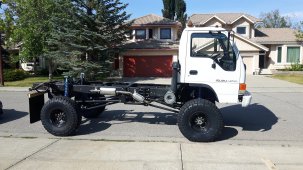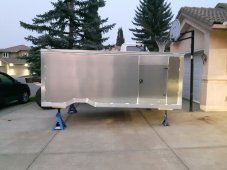If the Victrons disconnect while the winch is operating it is likely they will be destroyed, and an arc could form between that gap. Being DC, the arc will not be easily extinguished. Your loads nearly guarantee that the victrons will find plenty of opportunity to open due to low voltage conditions.
Is what you are saying here this:
Because of the draw, the voltage the BMS sees will drop enough that the bms will open the BPs.
Even with an 1100ah battery?
Nothing but vibration is really a concern for me with this and I have some vibration dampening in the plans. There would certainly be some but I am willing to accept that riskLastly, offroading with this type of setup is simply not a good idea. The forces that will be placed on those bars as a consequence of vibration, twisting, compression, and other forces will ultimately physically damage the victron. You really need a flexible connection between components of this system, even if they're all mounted to the same 1/4" steel plate. If you manage it get them all on the same plate and within 3" of each other, with the plate only mounted to the vehicle at one point then you only have to face vibration, but even that's enough to cause problems over time.





